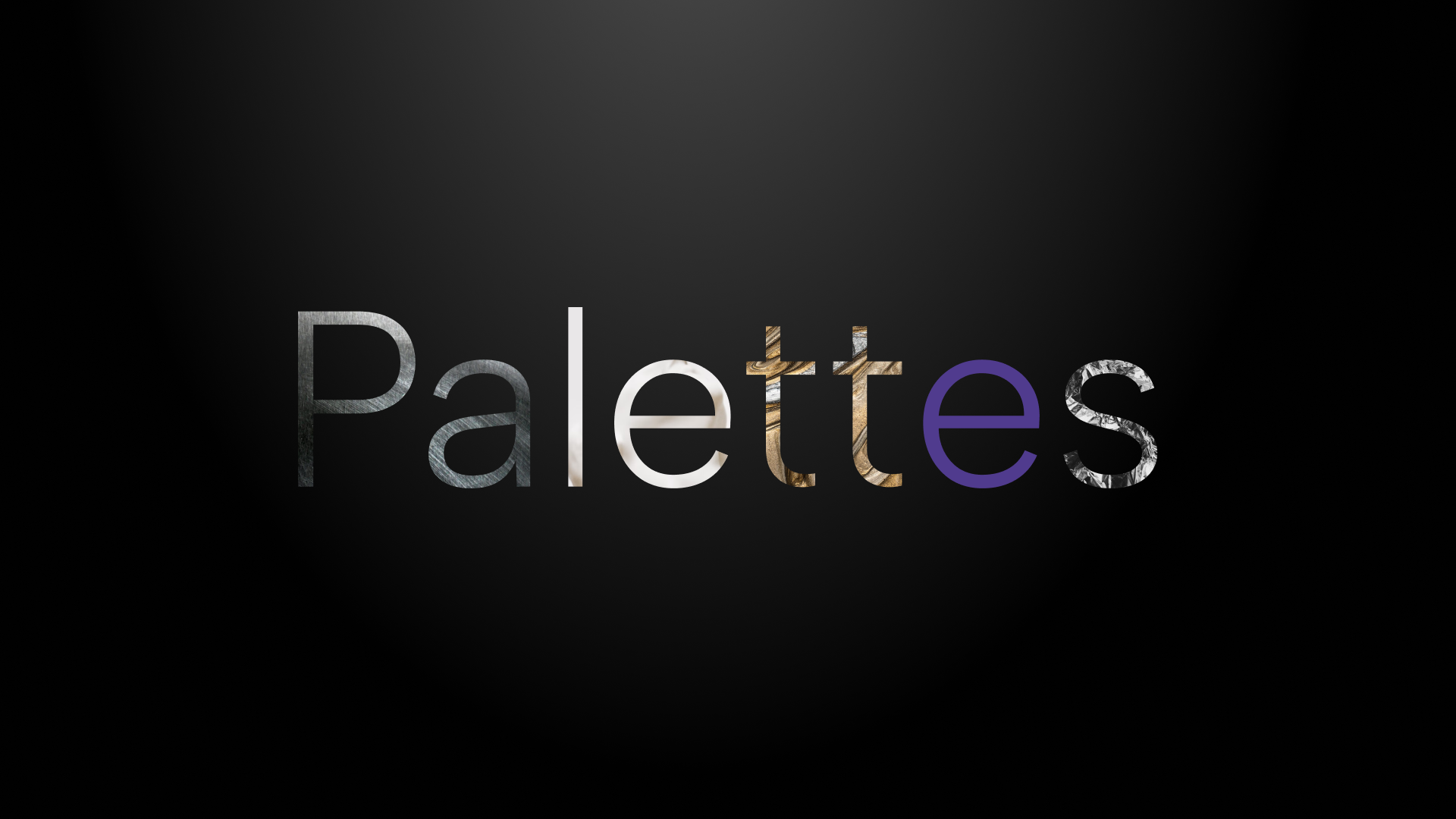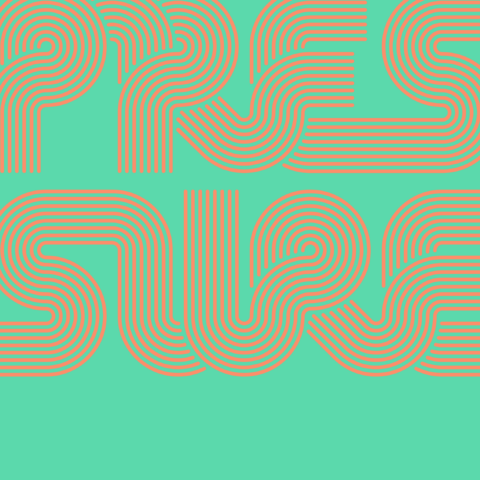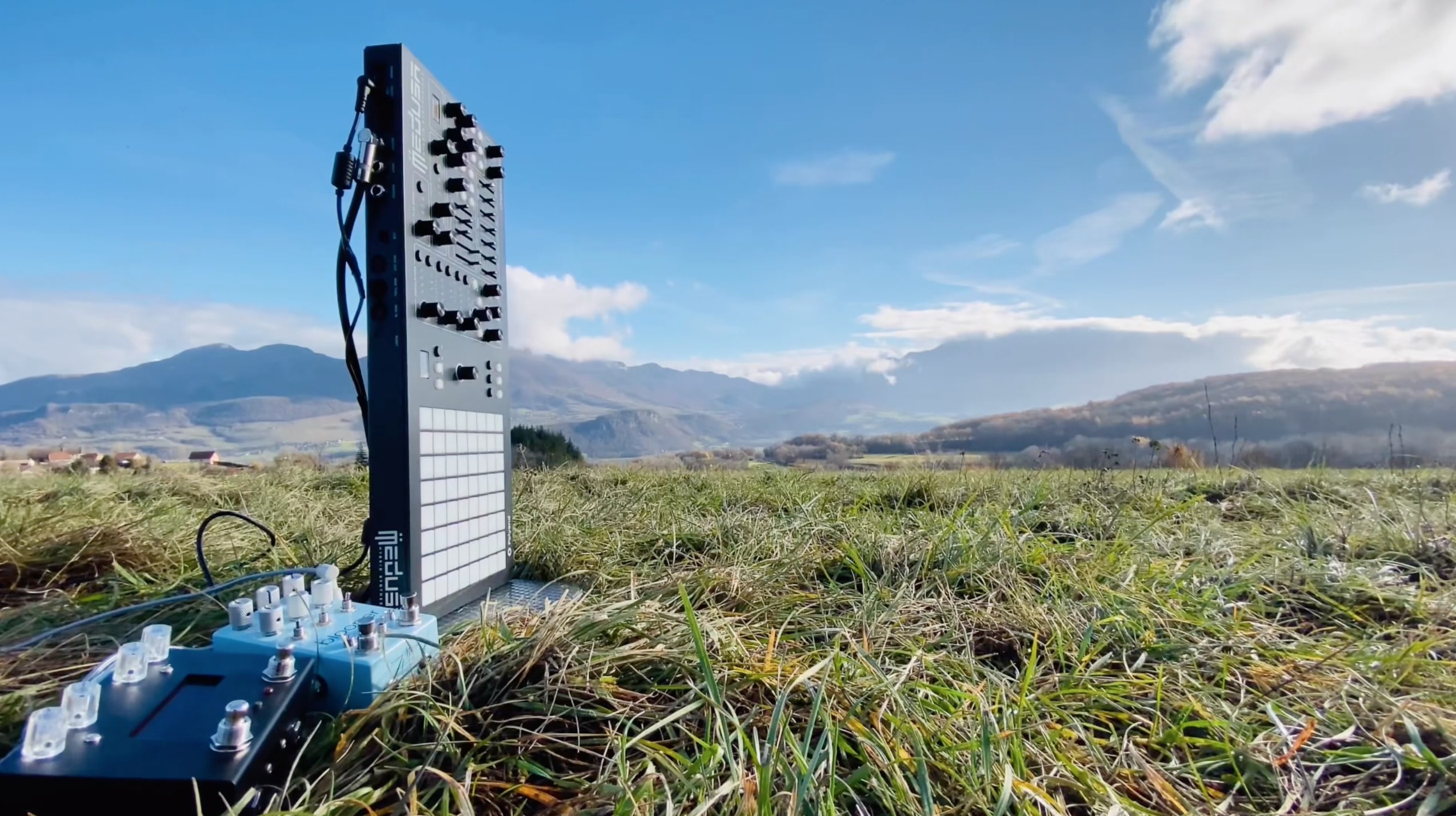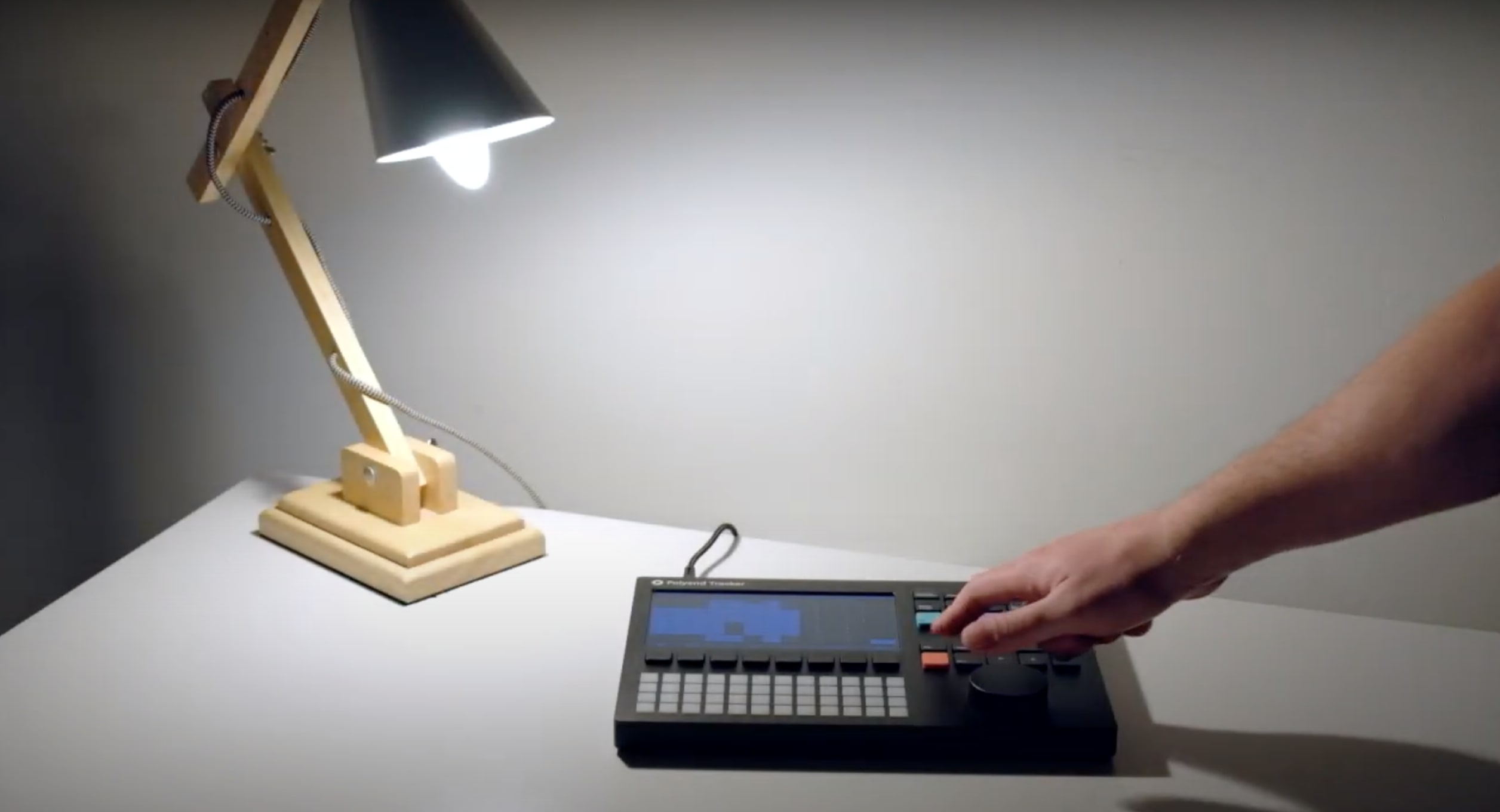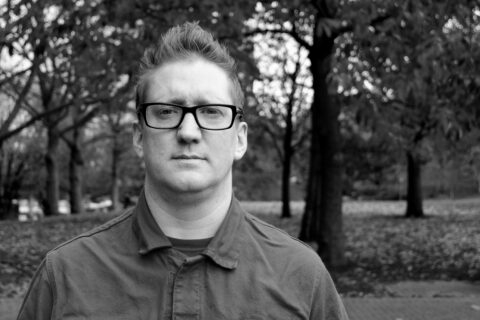
Old School Rave with Heat Audio
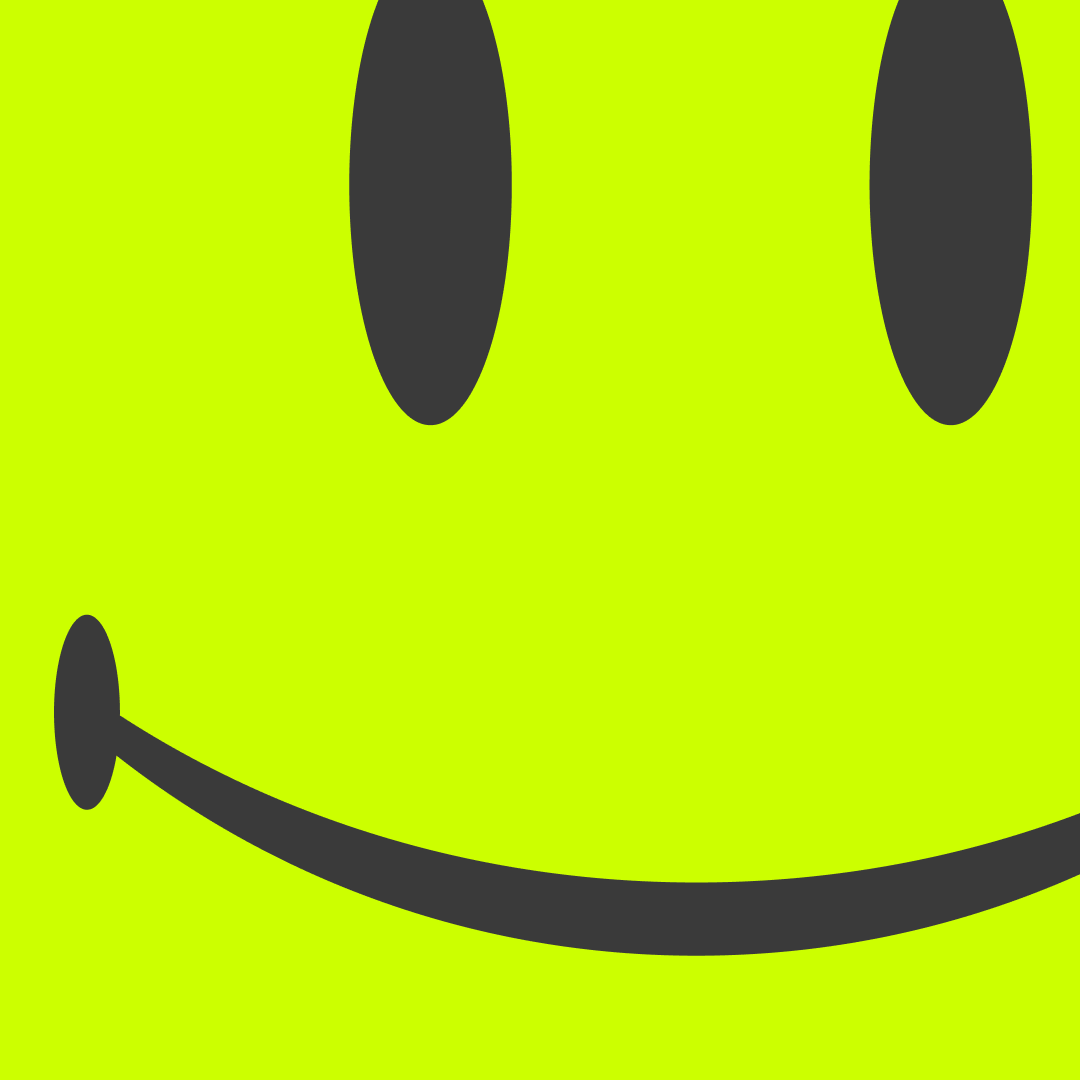
Today we're talking to esteemed Norwegian sound design expert and electronic musician, Thermal, AKA Heat Audio. We tasked Heat Audio with creating :), an old-school rave pack for Palettes. He took the time to discuss his musical influences, and his experiences with using trackers for music production, and delve into the specifics of working with his favorite bass machine.
What influenced you to get into sound design, was it anything specific or any genres of music that particularly spoke to you?
The worlds of sound possible within electronic music have amazed me ever since I realized that MODs were made using the same software used to play them back. A mate in secondary school had copies of Scream Tracker 3 and Fast Tracker 2, and following my revelation I immediately started scouring magazines and the internet for a Mac alternative. So in 1996, I started making my own torturous compositions using the goofily named PlayerPro, which could export tunes in Fast Tracker 2 (XM) format.
There was quite a lot of variety in the MOD scene or demoscene at large. People were making hip-hop, gabber, jungle, etc., but mainly it was a lot of demo and game soundtrack-style music. Future Crew from Finland were the OGs to me.
The beauty of the MOD and its derivative formats like XM is that every tune contains the raw samples it’s made from. This made it easy for me to nick sounds I liked from other people’s tracks and start playing with basic sound design using them as source materials. In addition to stuff like pitching, clipping, and looping samples within the tracker software itself, I had a couple of audio editors that would let me do things like draw a pitch bend envelope or apply an effect to the sound. Then I could import the result back into the tracker and sequence it. At the end of my MOD days, I also had a copy of Propellerheads Rebirth, which I would export 303 riffs and drum sounds from.
After about three years I left PlayerPro and started using MOTU VisionDSP instead, which was a lot like Logic or Cubase. It even had plugins, but my computer wasn’t able to run them. This is when I started amassing music production hardware, at first a Roland Alpha Juno-1 and an Akai S1000, then a Roland JD-990, and on and on. Since I already had the mindset of wanting to figure out the nuts and bolts of my tools, it came naturally to make my own sounds rather than rely on presets and that’s what I still do most of the time.
Was there any particular album or even a specific sound that made you decide to work with sound?
It was more the general exposure to electronic music really, but I vividly remember discovering “that” sound when my local music instrument shop put up a Yamaha DJX in the showroom. Discovering the filter cutoff knob was life-changing. I had tried getting that sound by turning up the treble on a Technics home keyboard but it just wasn’t the same! Sold the Technics right away and bought the Alpha Juno instead.
That said, The Prodigy and The Chemical Brothers were and continue to be a massive influence on my sound. The Fat of the Land is perhaps what I consider to be the pinnacle of raw electronic music – the sound selection and engineering is not only jaw-dropping but it’s all so musically well put together, too. You can’t test the Howlett!
Would you say that your sound is a conscious effort to sound a certain way or has it just sort of happened like this?
There’s definitely a lot of conscious effort involved, but at the same time, you start noticing it when you’re fighting yourself for the umpteenth time and things end up sounding different than you were envisioning. For example, there are styles of music I’ve had to admit that simply don’t come naturally to me. There’s value in working hard, but banging one’s head against the same wall indefinitely might not be the best idea.
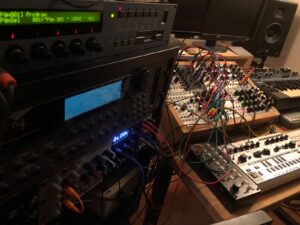
What are your favorite tools for sound design? Is there anything you consider indispensable, hardware or software?
My favorites are the same tools that I started out with – characterful samplers and simple subtractive synthesizers. Features are cool, but if the core sound is eminently usable, fancy features are often unnecessary and may even get in the way. This is especially true when going for an oldschool sound.
I am a big fan of the Novation Bass Station 2, which is the ultimate budget analog monosynth, in my opinion. It can do a wide range of sounds and was my main monosynth source for a long time. These days I am geeking out with my Eurorack modular system a lot, but the Bass Station 2 isn’t going anywhere.
Shameless plug: I have made a full bank of presets for the BS2 called “Subs & Gnarls”, which is available on https://heataudio.bandcamp.com/.
No sound design equipment is indispensable, though, as long as you have a computer.
Logic Pro is my daily driver on the software side. My favourite plugin at the moment is probably Cableguys Shaperbox 3, which is a boon for sound design tasks and mixing as well.
What do you like to do aside from sound design? Do you see many parallels between the two?
Currently, I am having a blast producing atmospheric Jungle music together with UK producer Volatile State. Under the name Rogue Tone, we have a release scheduled with Out of Romford Records later this year. The music production and sound design feed off each other, and although I am also heavily into electro and nuskool breaks, the link-up with Volatile State has definitely been a catalyst for making more oldskool sounds lately.
Other than that, I enjoy physical exercise, and while I’m not sure about parallels to sound design it does help a lot in balancing me out mentally as well as physically. When you make sounds or music, you’re in your head all the time, so doing something that requires you to pay attention to your body is a good thing. Then you can come back to the studio with recharged creative batteries.
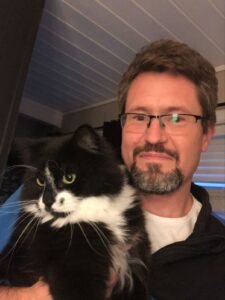
Other Places you can find Heat Audio’s work:
Samples and presets:
Heat Audio bandcamp
Splice: D&B Textures volumes 1 and 2
Martinic: AX73 factory presets and Strata expansion
Music:
Thermal (Breakbeat fueled)
3-ml (4×4)
